Home>Ideas and Tips>Home Library Organizing Systems Efficient Book Storage
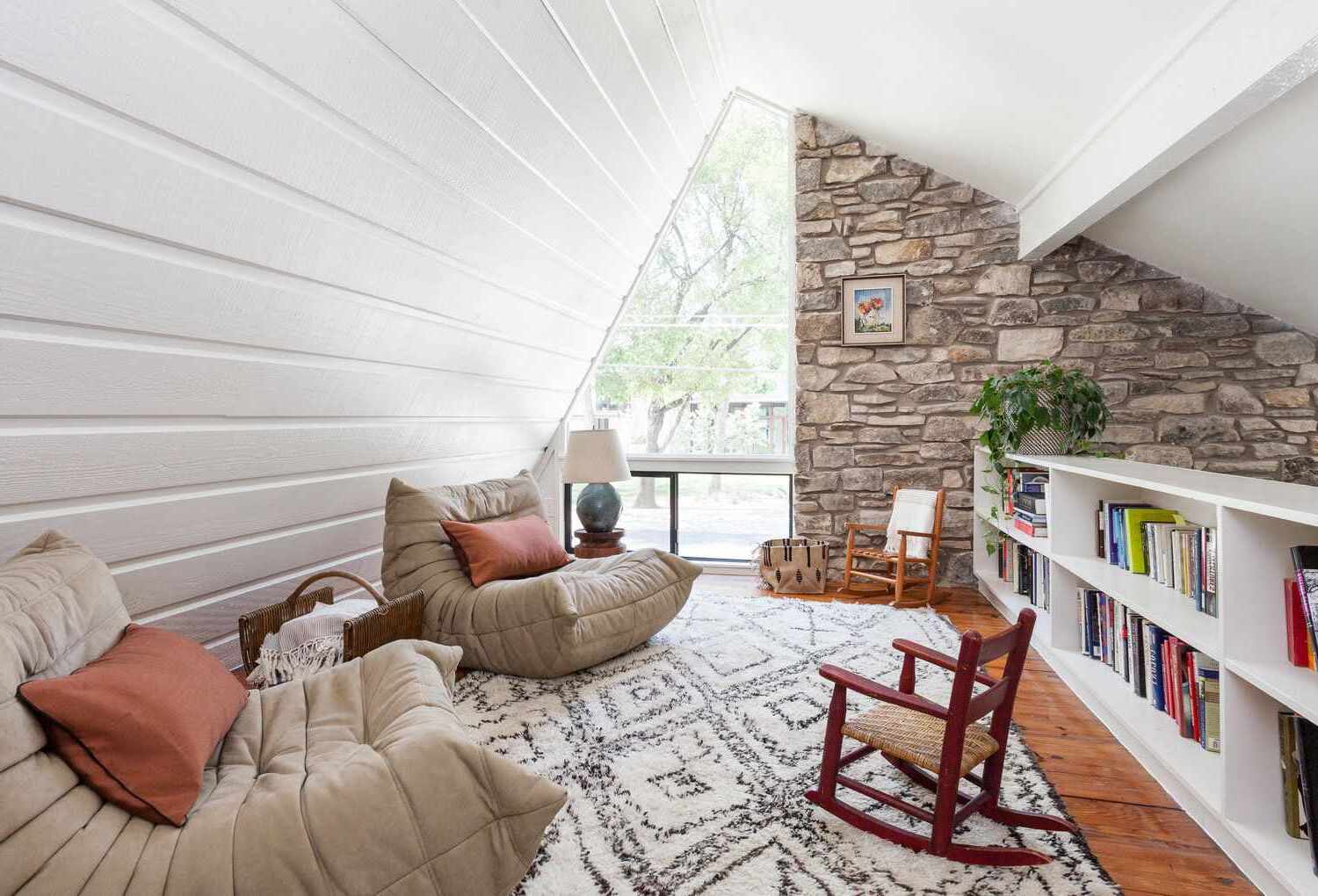

Ideas and Tips
Home Library Organizing Systems Efficient Book Storage
Modified: October 28, 2024
Discover efficient book storage solutions and organizing systems for your home library. Maximize space and keep your collection accessible and tidy.
(Many of the links in this article redirect to a specific reviewed product. Your purchase of these products through affiliate links helps to generate commission for Storables.com, at no extra cost. Learn more)
Welcome to our comprehensive guide on organizing your home library, where we delve into the various methods and systems to efficiently store and manage your book collection. Whether you have a modest collection of a few hundred books or a substantial library of thousands, effective organization is crucial for maintaining a clean and accessible space. In this article, we will explore different organizing strategies, including separating books by genre, using standardized classification systems, and implementing creative storage solutions.
For many book lovers, the sheer number of volumes can be overwhelming. The story of Matthew Budman and Cristina Beltrán, who had to part with 12,000 books when transitioning from a spacious suburban residence to a compact Manhattan dwelling, is a stark reminder of the storage dilemma. This challenge is not unique to large collections; even modest libraries can benefit from organized storage solutions.
Organizing a home library involves more than just placing books on shelves. It requires a thoughtful approach to categorization and display. Here are some key considerations:
-
Separate Hardcovers and Paperbacks: One of the simplest ways to organize your books is to separate hardcovers and paperbacks. This method not only creates a visually appealing arrangement but also makes it easier to locate specific titles.
-
Arrange by Color: Organizing books by color can add a creative touch to your bookshelves. This method is ideal for readers who associate certain stories with their covers or those who enjoy statement bookshelves.
-
Stack Books: Stacking books is a modern approach to book organization. You can stack books by theme, cover, or size, and keep stacks on their own or use them to break up rows.
-
Organize by Genre or Subject: Grouping books by genre or subject makes it easier to find the right book for your current mood and interests. For example, you can group mysteries together, travel memoirs, 18th-century English literature novels, and cookbooks.
-
Display Favorite Books: Displaying your favorite books front and center allows them to shine. This method ensures that your beloved books are easily accessible and prominently displayed.
-
Separate Fiction and Nonfiction: A classic method of organizing books is to separate fiction from nonfiction. This simple approach makes it easy to find the type of book you're looking for.
-
Organize by Reading Status: Creating sections for books you've read, are currently reading, and the to-be-read pile can be a fun way to keep track of your reading progress.
-
Organize by Mood or Genre: Arranging books by mood or genre allows you to find the perfect book to match your current vibe. For example, you can have thrillers for nights when you want to sleep with the lights on, romance novels for when you're feeling sentimental, and motivational reads for self-improvement.
-
Organize by Favorite Authors: Dedicate sections of your bookshelf to your favorite authors. This method makes it easy to locate beloved series and showcases your impeccable taste.
Libraries use standardized classification systems to organize their books, making it easier for patrons to browse. These systems include the Dewey Decimal System, the Library of Congress Classification System, and the Library Company’s Smith system.
Dewey Decimal System
The Dewey Decimal System is one of the most widely used classification systems in the world. Created by Melvill Dewey in 1876, it uses numbers with decimal points to organize books by subject. The ten main sections include:
- Computer Science, Information and General works
- Philosophy and Psychology
- Religion
- Social Sciences
- Language
- Science
- Technology
- Arts and Recreation
- Literature
- History and Geography
Library of Congress Classification System
The Library of Congress Classification System was created in 1904. It is more detailed than the Dewey Decimal System and is used in many academic and research libraries. The system uses letters and numbers to classify books, with the letters representing broad subjects and the numbers providing more specific classification.
Library Company’s Smith System
The Library Company’s Smith system uses letters and numbers to classify books, with vowels representing main sections such as Religion, Jurisprudence, Sciences and Arts, Belles Lettres, History, and Bibliography. This system is unique in that it only gives general categories and then books are shelved in order of receipt by the library, with older books shelved first and more recently published books shelved last.
While standardized classification systems are powerful tools for organizing large collections, they may not be practical for home libraries. Here are some practical tips for organizing your home library:
-
Create a Pseudo-Classification System: Develop a pseudo-classification system tailored to your needs. For example, you might have shelves dedicated to science fiction, mystery books, plays, instructional books, and oversized art books.
-
Use Color-Coded Labels: Implement color-coded labels or stickers for different genres or categories. This method makes it easy to sort and retrieve books quickly.
-
Utilize Floating Shelves: Maximize vertical space by using floating shelves. This approach is particularly useful in small apartments where floor space is limited.
-
Incorporate Digital Catalogs: Embrace digital catalog systems like online databases to facilitate quick book searches and eliminate the need for physical space-consuming bookshelves.
-
Use Underutilized Spaces: Utilize underutilized spaces like the back of doors or corners by installing small bookshelves for storage.
-
Implement Modular Furniture: Use modular furniture that can be easily rearranged to accommodate different activities and group work sessions.
-
Create Designated Zones: Designate zones for different purposes such as reading areas, study spaces, and collaborative workspaces to ensure efficient use of space.
-
Consider Mobile Shelving Units: Utilize mobile shelving units that can be moved around to create flexible storage solutions depending on the library’s needs and activities.
-
Compact Shelving Systems: Use compact shelving systems that can be compressed together, creating space-saving solutions without compromising storage capacity.
-
Transition to Digital Resources: Transition from physical resources to digital resources like e-books and online databases to reduce the need for physical shelf space.
In addition to traditional shelving, there are several creative storage solutions you can use to maximize your library space:
-
Book Storage Hacks for Small Apartments: For those living in small apartments, there are various creative book storage hacks available. These include using stackable bookshelves, hanging book organizers on walls, and even repurposing furniture like coffee tables with built-in storage.
-
Utilize Vertical Space: Incorporate tall bookshelves or storage units to utilize vertical space effectively. This approach maximizes floor space while providing ample storage capacity.
-
Hidden and Dead Spaces: Deploy hidden and dead spaces like the back of doors or corners with small bookshelves for additional storage.
-
Dual-Function Furniture: Incorporate dual-function coffee tables or desks with built-in storage to optimize space and functionality.
Many book lovers have successfully implemented various organizing systems in their home libraries. Here are a few real-life examples:
-
Library of Congress Classification System: One user adopted the Library of Congress classification system for their home library. They created a Google Sheets catalog of their books and attached physical classification codes to each volume. This method made it easy to locate books by subject and ensured that all books were categorized.
-
LibraryThing: Another user utilized LibraryThing, a free service that allows users to scan in their books and organize them however they want. This tool helped the user find titles they might have overlooked and even allowed them to loan out books with customized barcode labels.
Organizing your home library is a personal and creative process. Whether you choose to implement a standardized classification system or develop a pseudo-classification system tailored to your needs, the key is to create an environment that is both functional and aesthetically pleasing. By utilizing practical tips such as color-coded labels, floating shelves, and digital catalogs, you can efficiently store and manage your book collection. Remember, the goal is to make your books accessible and enjoyable to browse, ensuring that your home library remains a sanctuary for both reading and relaxation.
In conclusion, organizing your home library is not just about storing books; it's about creating a space that reflects your personality and enhances your reading experience. With the right strategies and tools, you can transform your book collection into a beautifully organized and functional home library that you'll cherish for years to come.
Was this page helpful?
At Storables.com, we guarantee accurate and reliable information. Our content, validated by Expert Board Contributors, is crafted following stringent Editorial Policies. We're committed to providing you with well-researched, expert-backed insights for all your informational needs.

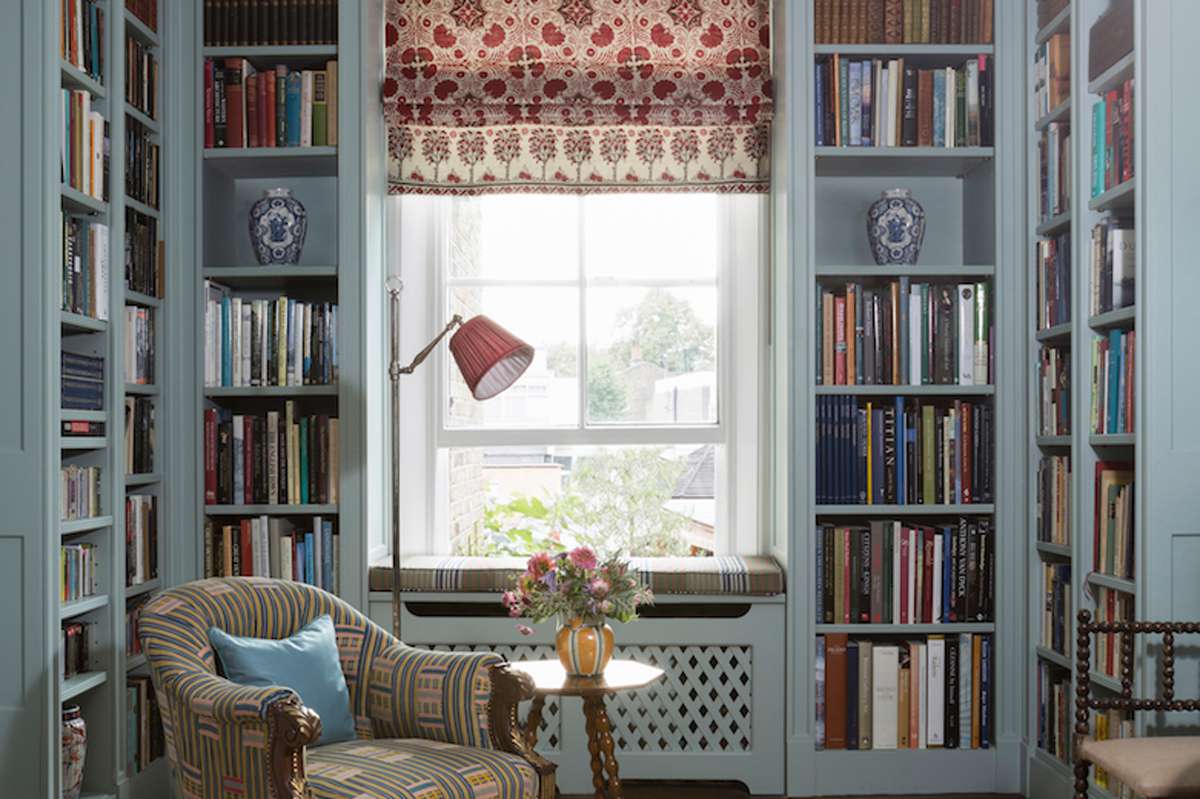
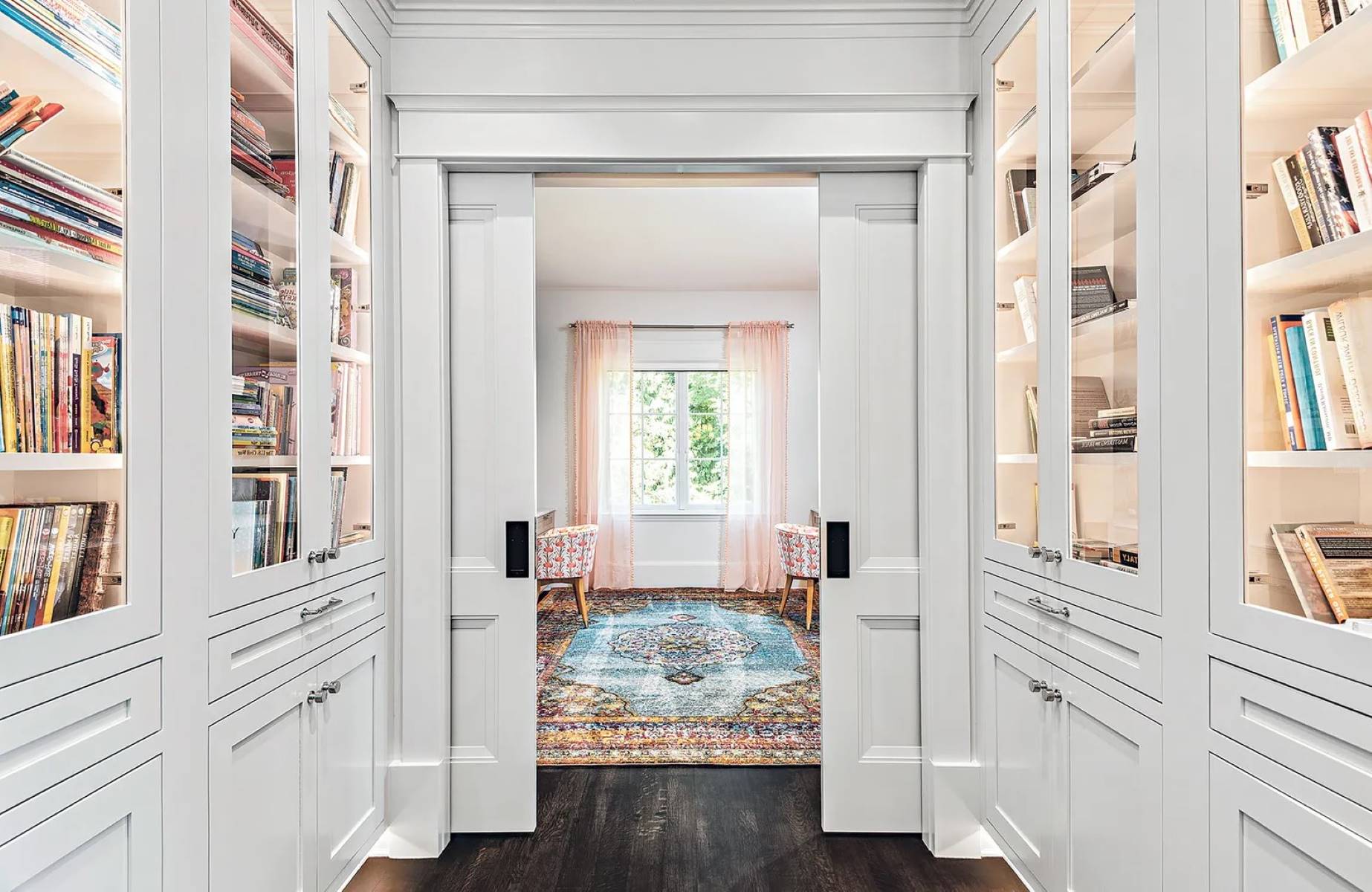

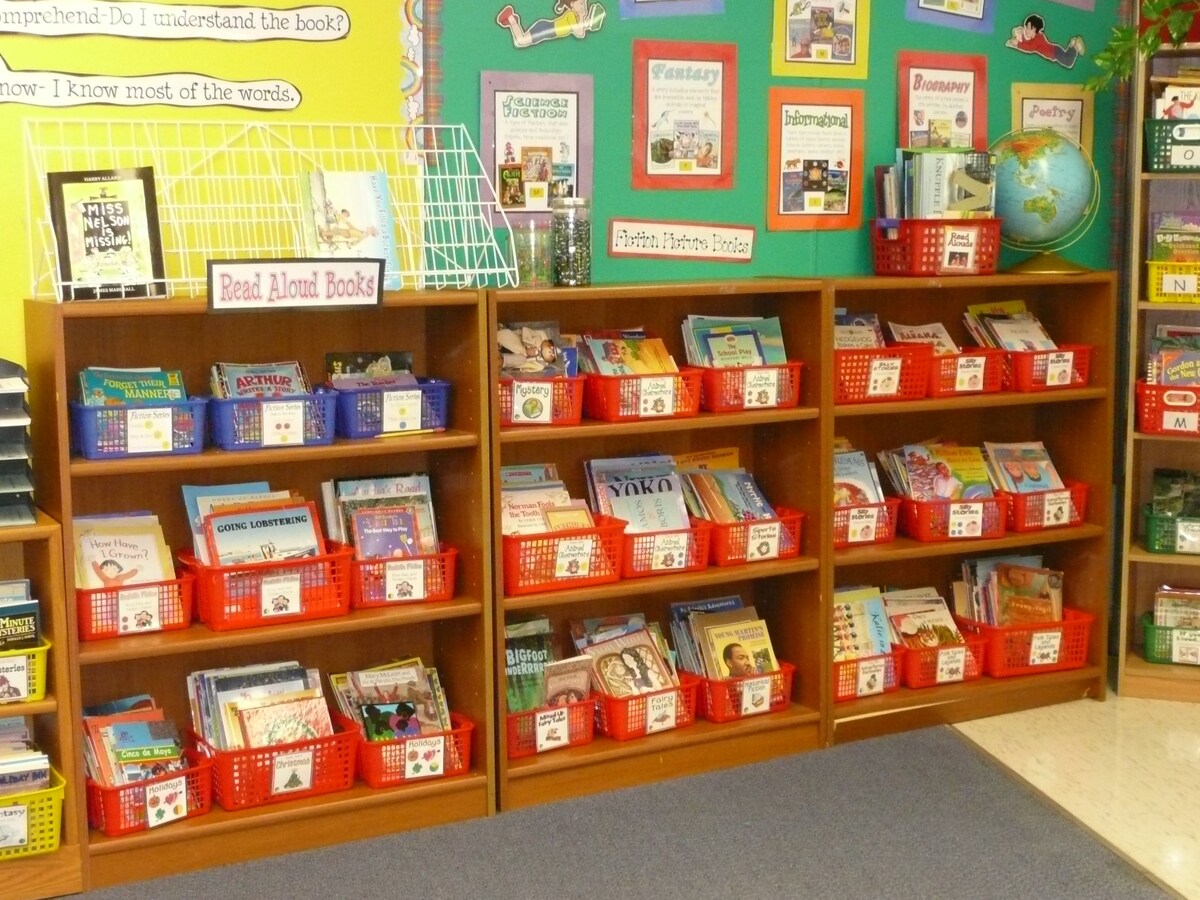
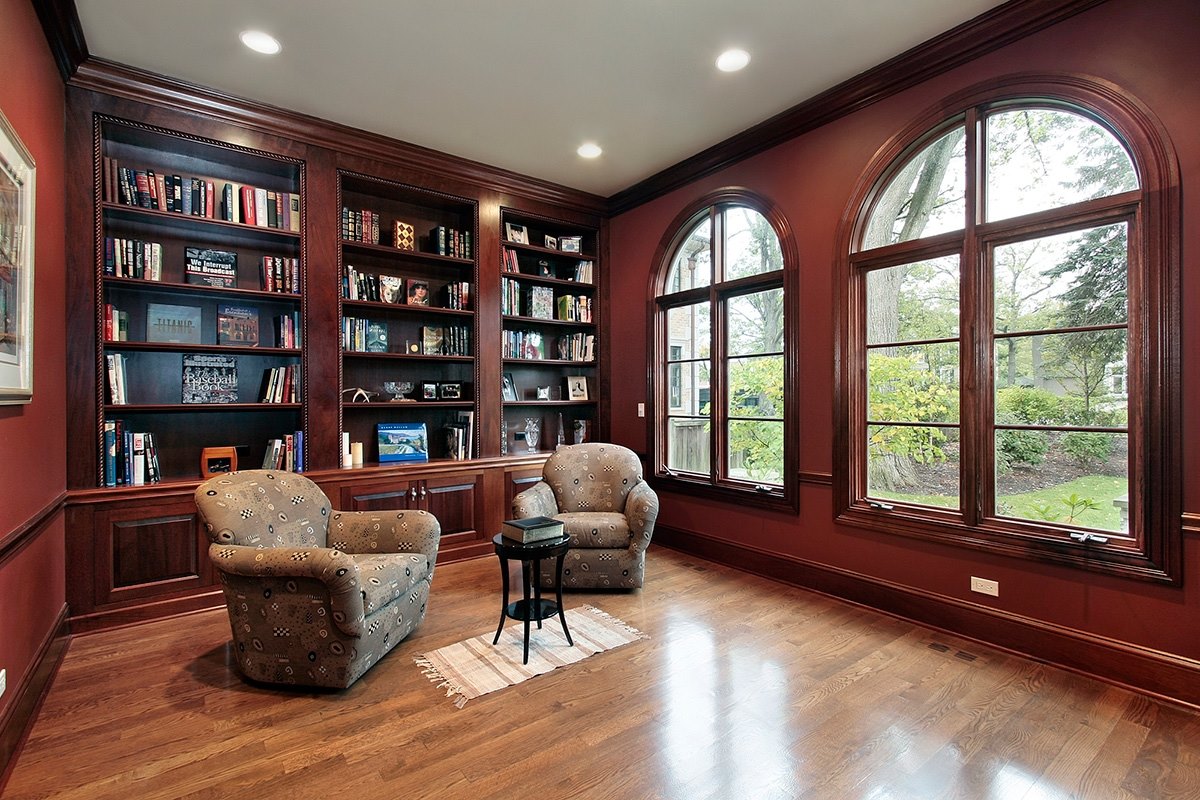
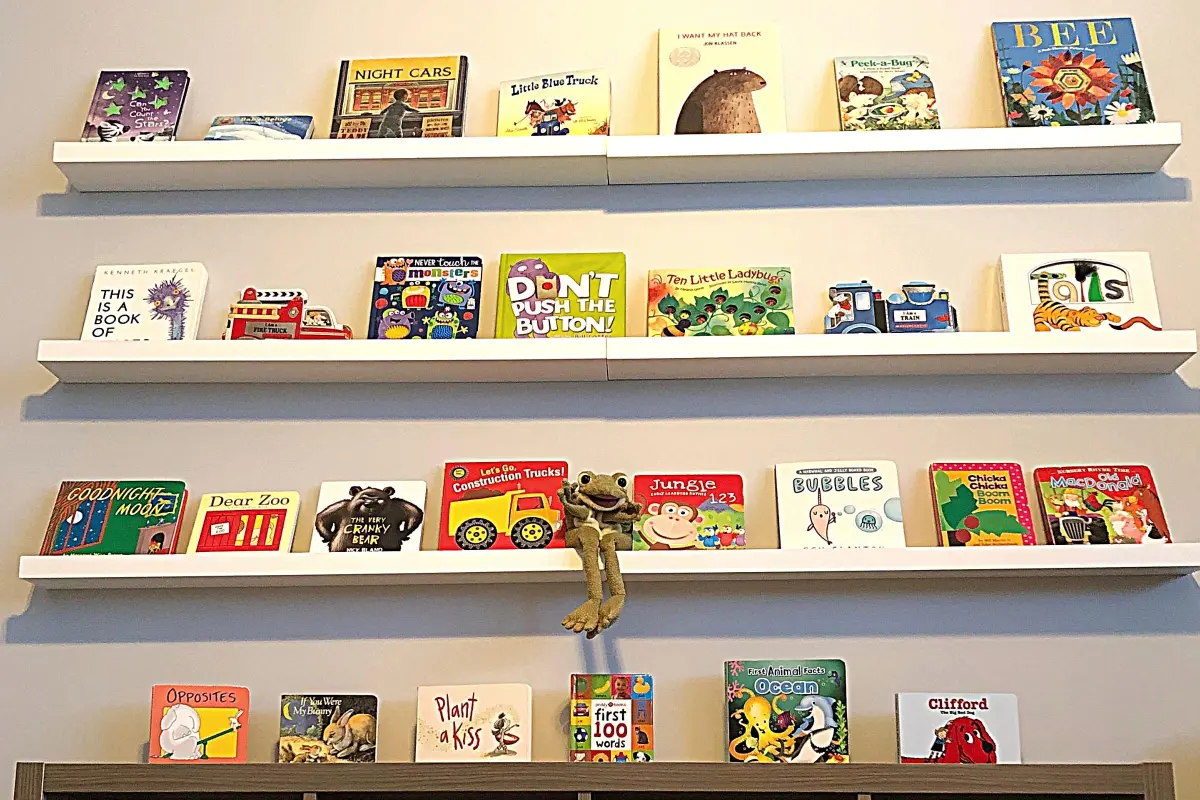

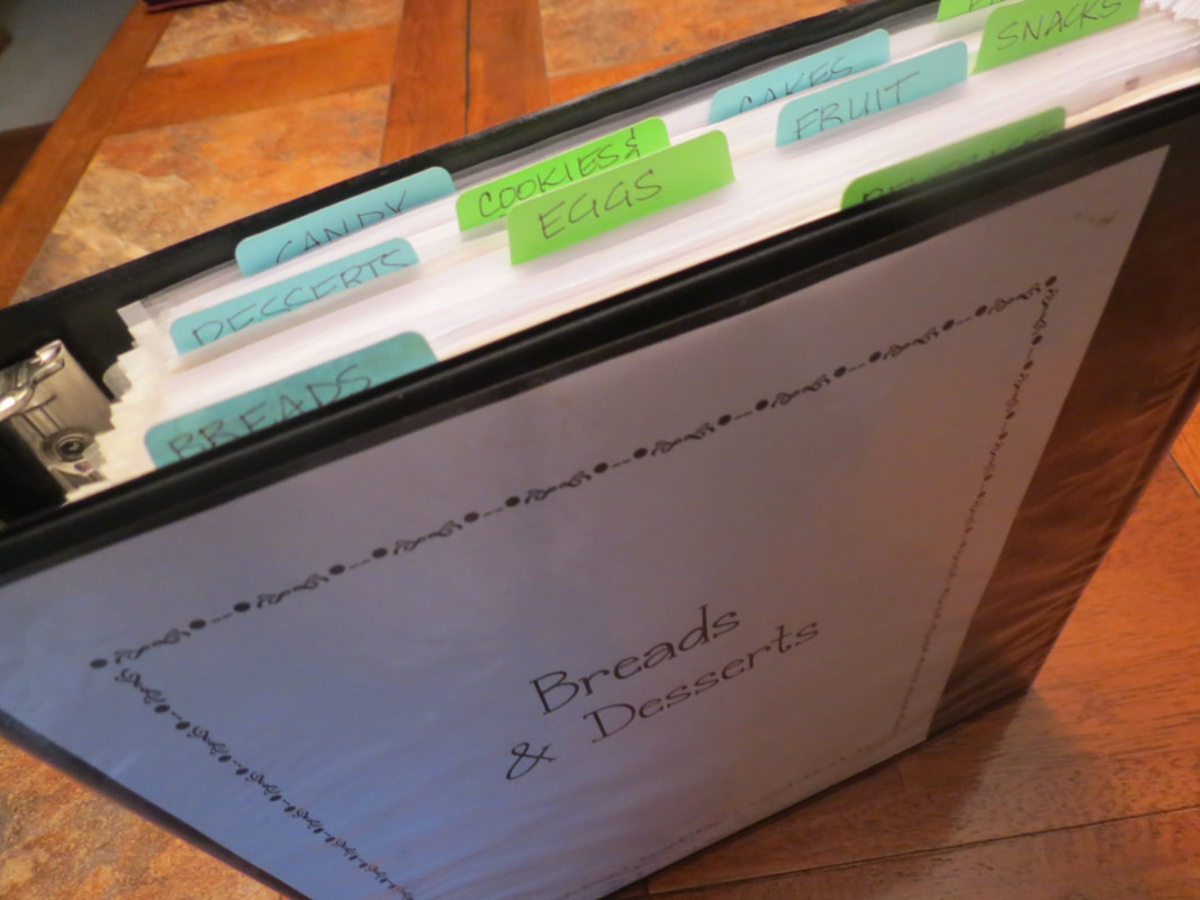
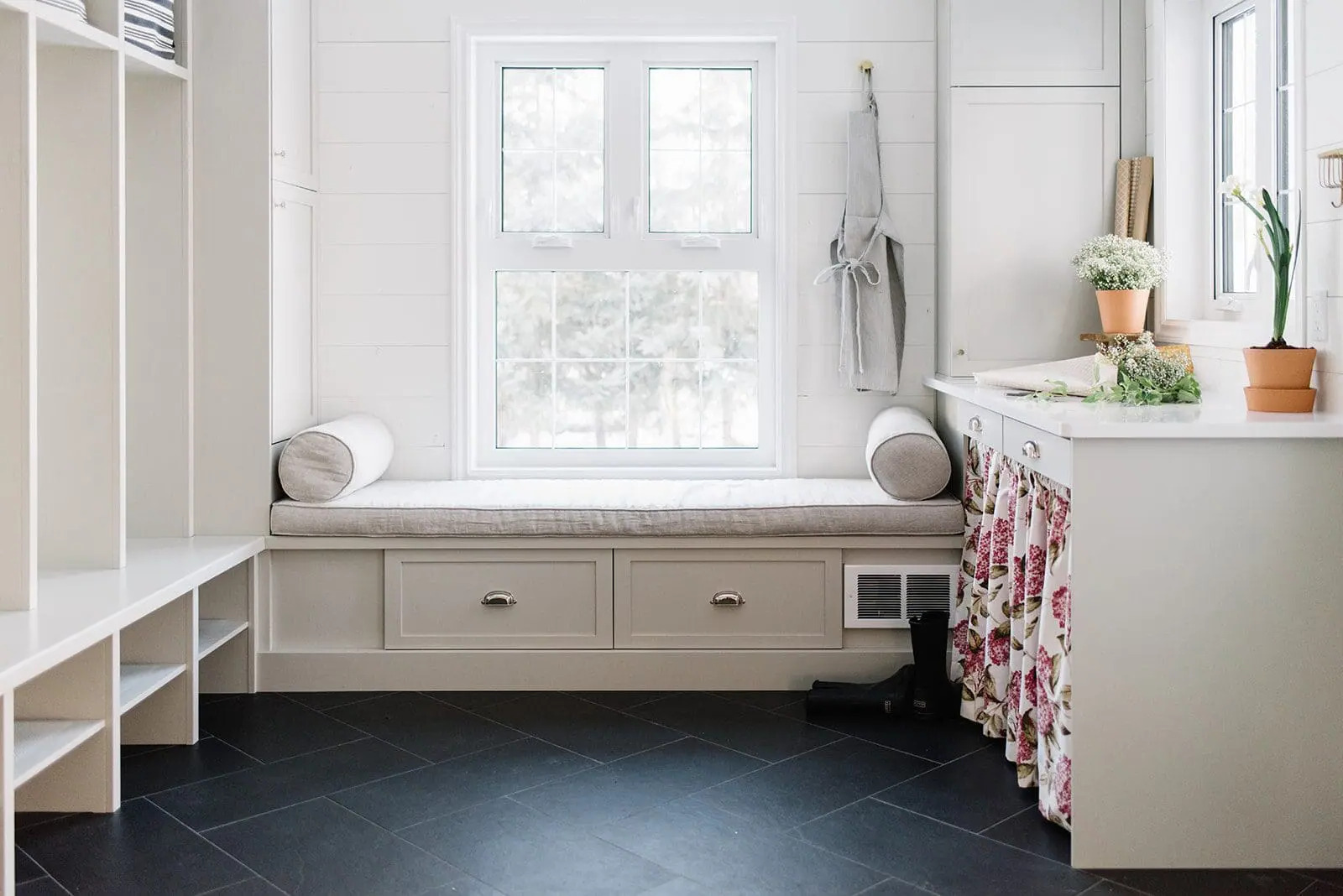
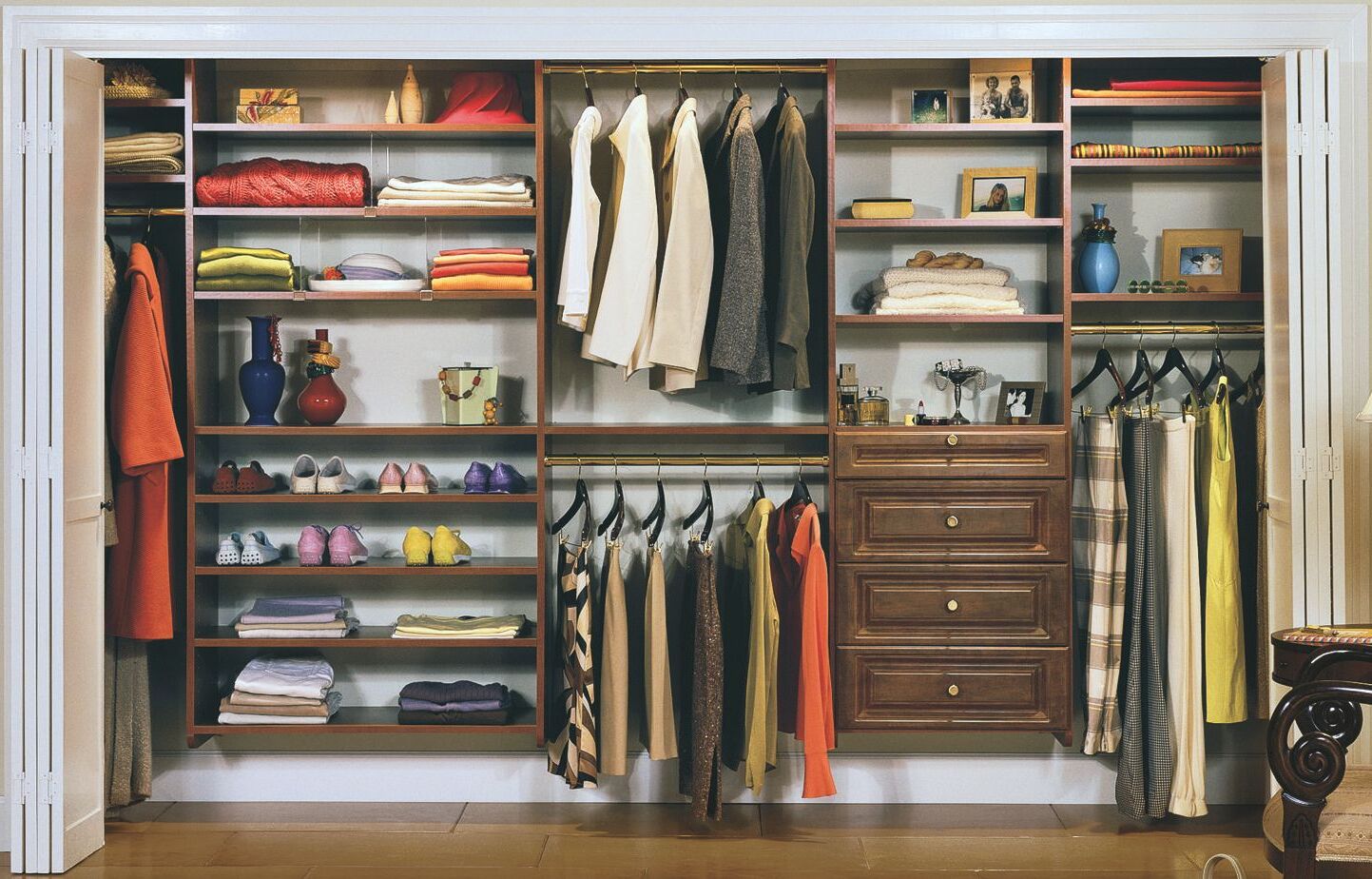
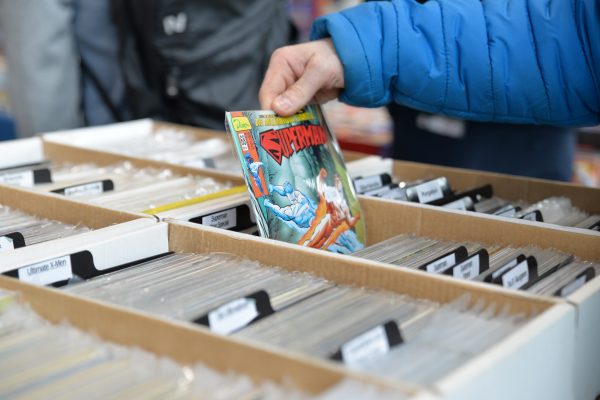
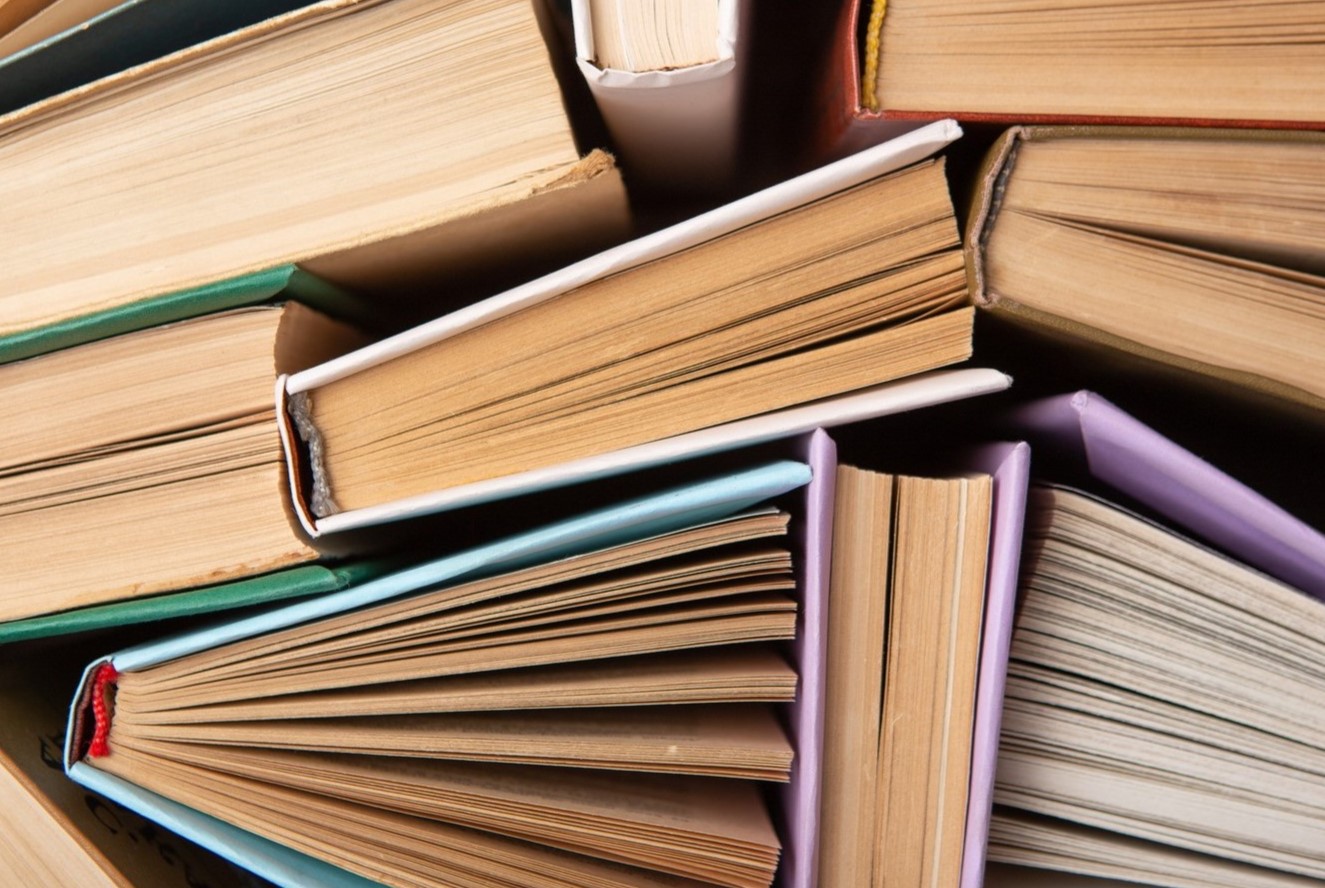



0 thoughts on “Home Library Organizing Systems Efficient Book Storage”